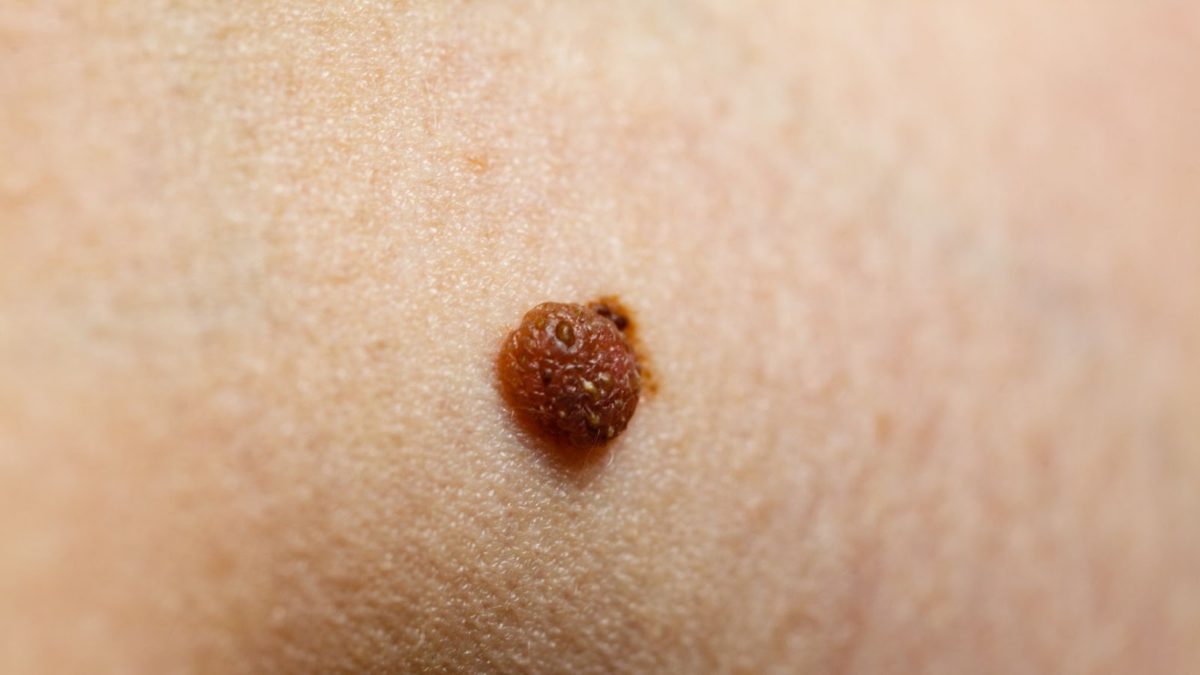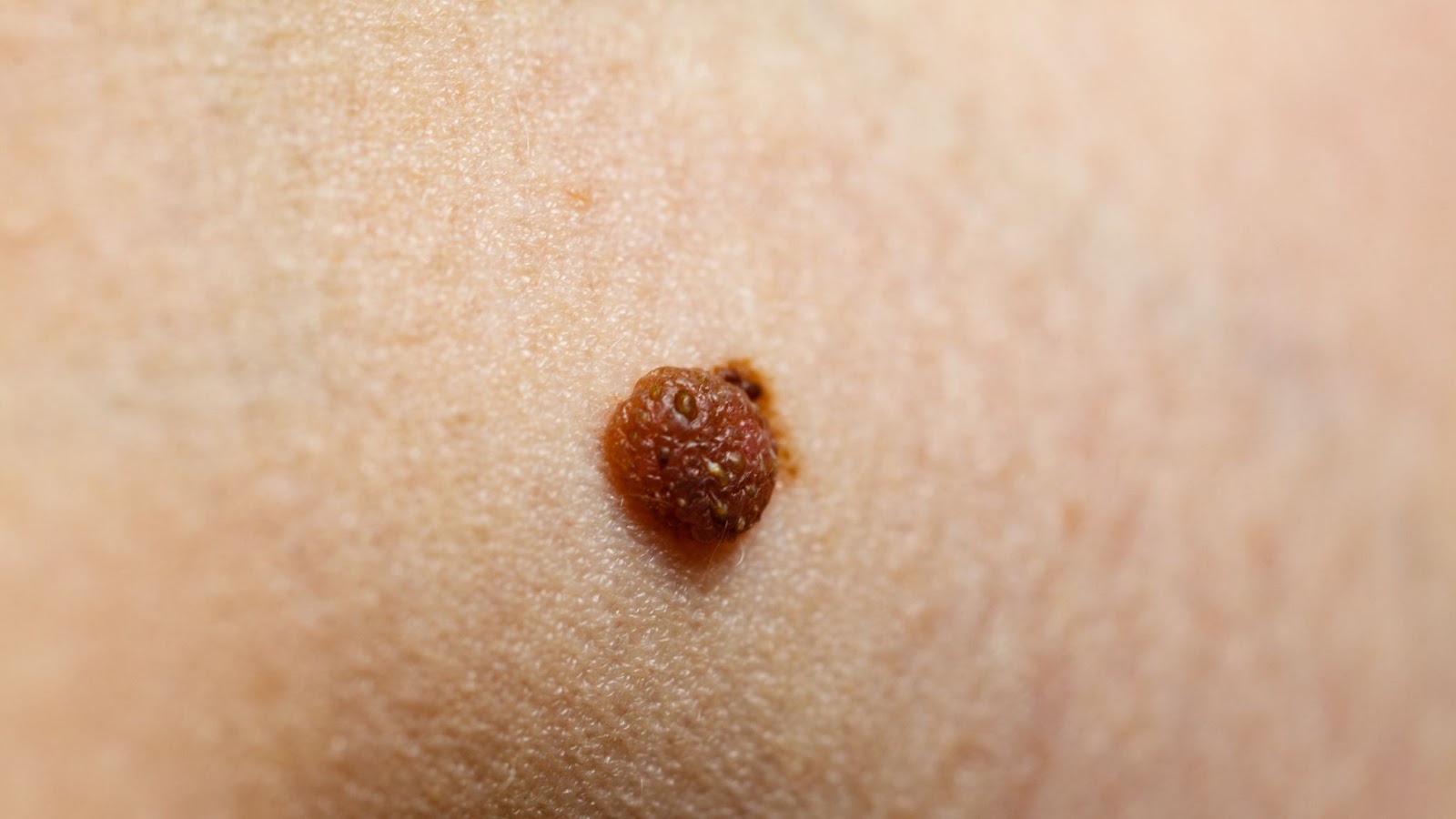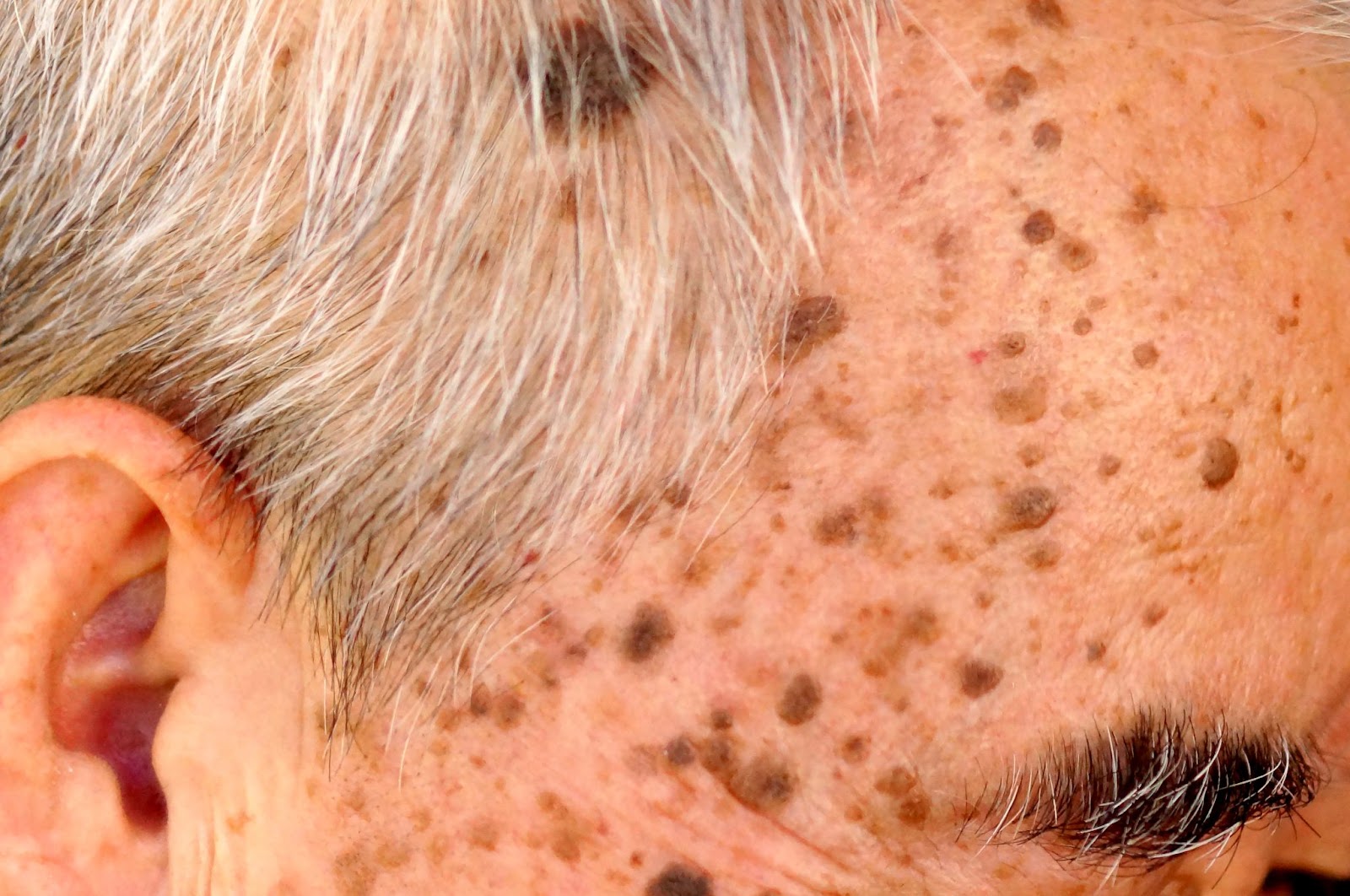Common places to get skin cancer

Skin cancer, a widespread concern for people in Australia and in the world. It can manifest across various parts of our body due to prolonged sun exposure, genetics, and other factors.
Interestingly, it’s not confined to areas that are always in the sun. While we often link it to parts that get a lot of sunlight, skin cancer can surprise us by showing up in places that rarely see the light. This makes understanding and preventing it a bit tricky.
As per the data, Australia has high skin cancer rate.

Let’s talk in detail about regions that are most commonly affected by skin cancer.
Face and Neck
The face, being the most exposed area, is highly susceptible. The nose, ears, and neck often bear the brunt of the sun’s impact.

These delicate features often bear the brunt of the sun’s relentless impact, subjecting them to prolonged ultraviolet (UV) exposure. The nose, with its prominent position, and the ears, which lack the protective cover of hair, are susceptible to UV damage. Simultaneously, the neck, while often covered by clothing, remains a focal point for skin cancer due to its regular exposure.
Regular monitoring of these areas is essential for early detection of any unusual changes. Protective measures such as sunscreen application, wearing hats, and seeking shade become crucial safeguards. By paying special attention to the face and neck, we can proactively protect these vulnerable zones, ensuring they remain healthy and free from the potential risks associated with skin cancer.
Arms and Hands
Our arms and hands, perpetually exposed to sunlight during various outdoor activities, become vulnerable to the harmful effects of ultraviolet (UV) radiation. Whether engaged in gardening, sports, or simply enjoying a sunny day, these extremities bear the impact of the sun’s rays.
Constant UV exposure can lead to skin damage, making it crucial to monitor these areas for any irregularities. Unusual spots, changes in moles, or the development of new lesions should be promptly examined. While these regions are more resilient than some of the more delicate facial features, they are not immune to the development of skin cancers, especially if preventive measures are neglected.
Protective measures, including the application of sunscreen with sufficient sun protection factor (SPF), wearing long sleeves, and using accessories like hats, are essential for mitigating the risks. Regular self-examinations and professional check-ups become integral parts of a sun-safety routine, ensuring that these sunlit extremities remain healthy and free from the potential threats of skin cancer. By being vigilant and proactive, we can enjoy the outdoors while prioritising the well-being of our arms and hands.
Back and Shoulders
The expansive canvas of our back and shoulders often serves as a sunlit landscape,
receiving substantial sunlight during outdoor activities or simply when sunbathing. While these areas might not be as immediately visible as the face or hands, they are nonetheless susceptible to the harmful effects of ultraviolet (UV) radiation.
As with all sun-exposed areas, preventive measures such as sunscreen application, protective clothing, and seeking shade during peak sunlight hours contribute significantly to reducing the risk of skin cancer. By extending our vigilance to the less conspicuous parts of our bodies, we enhance our overall sun-safety practices, promoting skin health from head to toe.
Legs
Despite spending much of their time shielded by clothing, our legs are not immune to the risk of skin cancer. Even in these less exposed areas, vigilance is crucial.
Due to their occasional exposure to sunlight, particularly during outdoor activities, it’s essential to extend our scrutiny to the legs. This diligence ensures that any potential signs of skin cancer are promptly identified, reinforcing a proactive stance in maintaining the health of our largest organ.
Scalp
Often overlooked, the scalp is a common site for skin cancer development, especially for individuals with thinning hair or bald spots.
This is especially true for individuals with thinning hair or bald spots, who may be more vulnerable to harmful UV exposure.
Considering its hidden nature, the scalp demands intentional attention during regular skin checks, embodying a comprehensive approach to skin health. By recognising the susceptibility of this often-neglected area, we reinforce our commitment to early detection and proactive management of potential skin cancer concerns.
Chest and Torso
Sun exposure during outdoor activities can affect these areas. Check for any changes in moles or the appearance of new ones.
